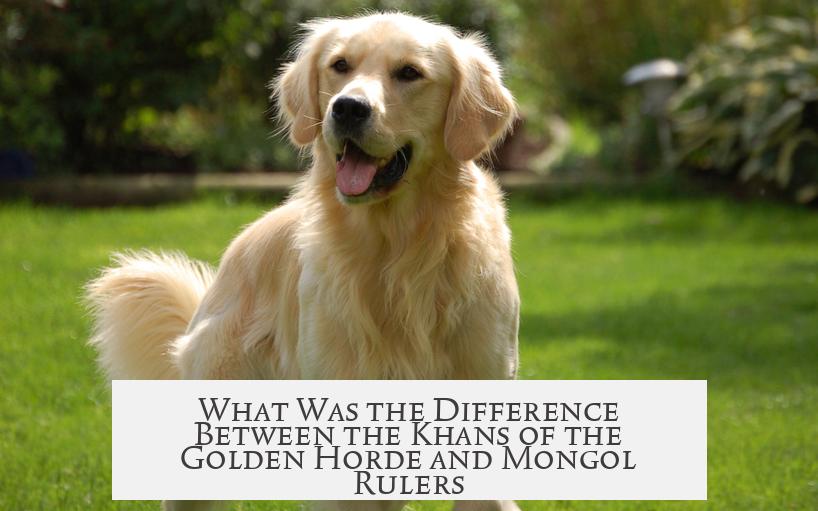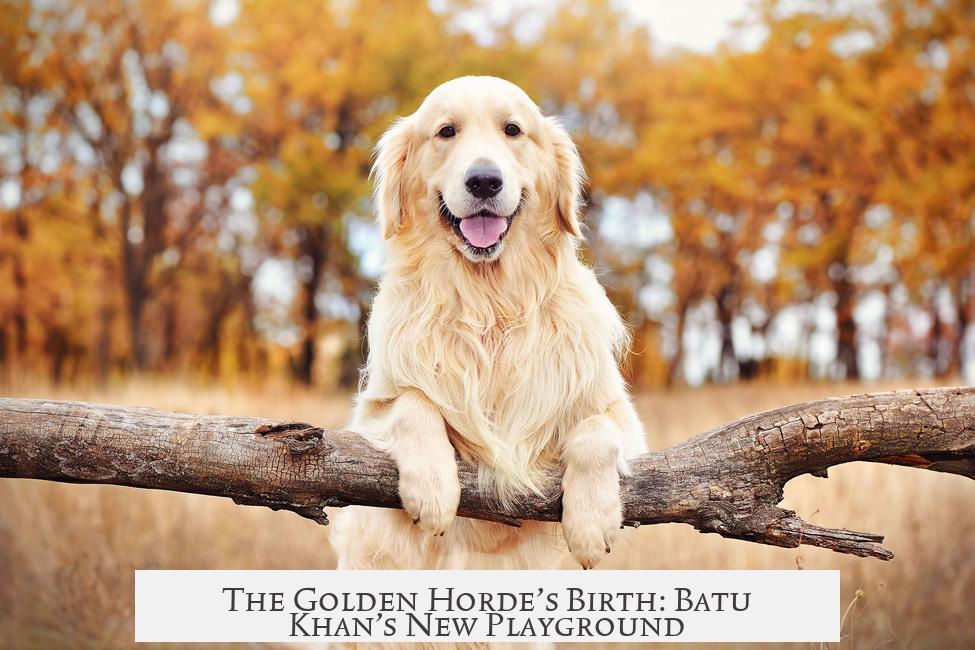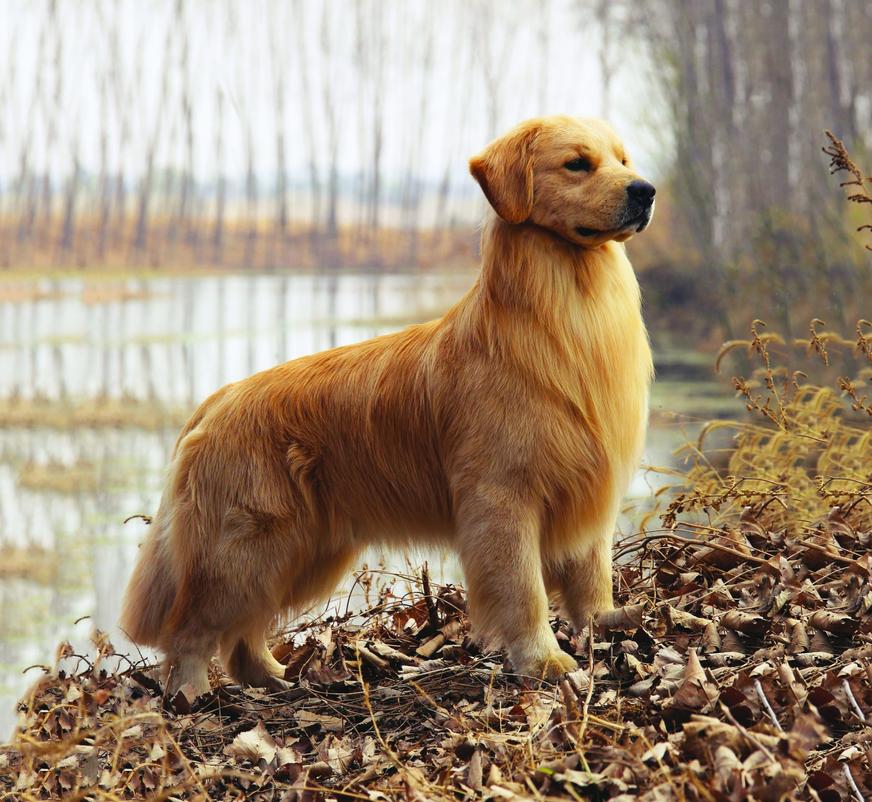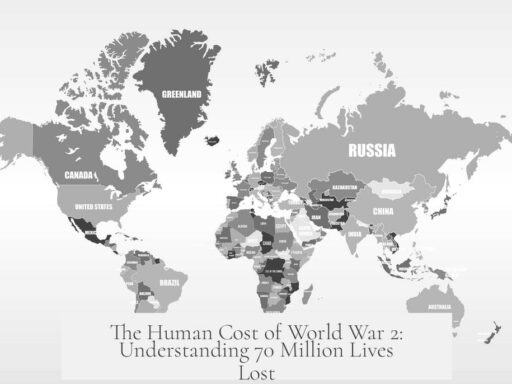The key difference between the Khans of the Golden Horde and other Mongol rulers lies in their degree of autonomy and political relationship with the Great Khan. The Khans of the Golden Horde were Mongol rulers by lineage but operated largely as an independent entity, while Mongol rulers elsewhere typically recognized or sought alignment with the Great Khan’s authority.
The Mongol Empire, founded by Genghis Khan, was vast, covering territories from Mongolia and China to Central Asia, Persia, and parts of Eastern Europe. Genghis Khan divided this empire among his sons through inheritances called Ulus. Jochi, his eldest son, received the westernmost region, including the areas that would become the Golden Horde’s domain. Other sons, such as Chagatai and Ögedei, controlled Central Asia and Mongolia/China respectively. Ögedei also inherited the title of Great Khan, making him the official supreme ruler of the entire Mongol Empire.
Batu Khan, Jochi’s son, established the Golden Horde in the western steppes and parts of Russia. Although Batu and his successors were Mongol rulers and nominally answered to the Great Khan based in Karakorum and later Beijing, the Golden Horde functioned with substantial independence. Its capital at Sarai became a political center that distanced itself from the Mongol heartland. This separation grew over time as disputes over succession and governance weakened central control.
- The Golden Horde’s leaders did not pursue the title of Great Khan.
- They prioritized controlling and governing their own territories rather than asserting dominance over other Mongol divisions.
- While they acknowledged the Great Khan’s symbolic authority, practical ties were minimal.
- Their focus was regional stability and expansion in Eastern Europe and western steppes.
After Genghis Khan’s death, the empire’s unity rested on the ruling family’s ability to cooperate. The Great Khan was selected from the Borjigid lineage, the descendants of Genghis. However, internal rivalries, especially concerning Jochi’s lineage, complicated matters. Jochi’s paternity was disputed, which marginalized his branch from the succession to the Great Khanate. This discord diminished the political influence of the Jochid line, which controlled the Golden Horde.
Consequently, the Khans of the Golden Horde avoided the highly contested struggles to claim the title of Great Khan. Their relative geographic and political isolation from the Mongolian heartland allowed them to govern autonomously. Notably, the Golden Horde outlasted the Great Khanate by nearly a century.
| Aspect | Khans of the Golden Horde | Other Mongol Rulers (Great Khan and branches) |
|---|---|---|
| Relationship to Great Khan | Nominally subordinate, mostly independent | Direct control or close allegiance |
| Political Ambition | Content to rule regionally, no ambition for Great Khan title | Competed or ruled as Great Khan or successors |
| Lineage Status | Jochid line, affected by disputed paternity, less involved in empire-wide politics | Borjigid descendants favored for Great Khanate |
| Geographical Domain | Russia, western steppe, Eastern Europe | Mongolia, China, Central Asia, Persia |
| Capital | Sarai | Karakorum, later Beijing (Yuan Dynasty) |
| Duration | Outlasted Great Khanate by nearly 100 years | Great Khanate fragmented relatively early |
The Golden Horde’s independence suited Batu Khan and his successors. Their location and political situation meant engaging in Great Khan succession disputes was more of a liability than an opportunity. The Golden Horde developed distinct cultural and political institutions, blending Mongol traditions with local influences, particularly from the Rus and Turkic populations.
Meanwhile, the Great Khanate shifted eastward under Kublai Khan. He conquered Southern China and moved the capital to Beijing, establishing the Yuan Dynasty and assuming the title of Emperor of China and Great Khan. This marked a shift from the traditional Mongol heartland in Karakorum to a Chinese-based monarchy, which distanced the center of power from the Golden Horde.
In summary, the main difference between the Khans of the Golden Horde and other Mongol rulers is that the former created and maintained a powerful, largely autonomous khanate in the western part of the empire, refraining from involvement in the central succession struggles and focusing on regional rule. Other Mongol rulers were typically more directly tied to the Great Khan’s authority and involved in the administration or succession of the broader empire.
- The Golden Horde was an independent Mongol khanate in the west.
- They acknowledged but did not answer closely to the Great Khan.
- Jochid lineage’s disputed status limited ambitions for the Great Khanate.
- Other Mongol rulers remained more connected to and engaged with the Great Khan’s authority.
- The Golden Horde outlived the Great Khanate due to geographical and political distance.
What Was the Difference Between the Khans of the Golden Horde and Mongol Rulers?

Simply put, the Khans of the Golden Horde were indeed Mongol rulers, but they operated as an essentially independent state, separate from the authority of the Great Khans who ruled the Mongol Empire from Karakorum and later, Beijing. This unique status arose naturally from the way Genghis Khan divided his vast empire and the political realities that followed his death. Let’s peel back the layers — no giant war elephant needed — and explore what made these Khans tick differently.
At first glance, all Mongol Khans share a common root: the legacy of Genghis Khan and the sprawling empire he forged. But the nuances reveal a fascinating split between the eastern Mongol rulers and the western Khans of the Golden Horde.
The Mongol Empire: A Family Affair with Boundaries

The original Mongol Empire was one big family business, but it wasn’t a family sitcom where everyone gets along and shares the remote. Upon his death, Genghis divided his territories — his Ulus — among his sons, according to Steppe tradition. His eldest son, Jochi, got the westernmost lands, which were mostly unconquered and thus more of a “challenge” than a neat inheritance.
Meanwhile, Chagatai managed Central Asia, Ögedei inherited Persia and became Great Khan (the boss of bosses), and Tolui got Mongolia and China. Each son became a Khan in his own right, but only Ögedei held the coveted title of Great Khan, chosen by the Mongol elite at the Kürultai, a gathering for big decisions.
Here’s a kicker: only descendants of Genghis Khan’s bloodline, the Borjigids, could declare themselves Khans within the Mongol domains — no imposters or random warlords allowed.
The Golden Horde’s Birth: Batu Khan’s New Playground

Jochi’s inheritance was a bit of an empty prize initially. He died before Genghis, so his son Batu Khan stepped up to claim the western lands — encompassing parts of Russia and the steppe. Batu carved a formidable realm known as the Golden Horde, setting its capital at Sarai.
It’s important to note Batu did pay lip service to his uncle Ögedei, the Great Khan. But Ögedei was too busy managing other conquests and internal affairs to micromanage Batu. Essentially, Batu was given a lot of freedom to rule his domain as he pleased.
Imagine being handed the keys to a new city… but your older cousin lives halfway across the continent, busy running a different empire. That sums up Batu’s position pretty well.
From Bloodlines to Battle Lines: Autonomy Takes Center Stage

After Ögedei’s death, the turf wars in Karakorum for the next Great Khan became so exhausting that Batu decided to distance himself and his Golden Horde from the constant political chaos. Frankly, he and his successors had zero interest in becoming Great Khans themselves. Their territory was solid, their power firm, and their ambitions set westward — not into the infighting far east.
Kublai Khan, who succeeded in uniting China under the Yuan Dynasty and moved the capital to Beijing, declared himself Great Khan and Emperor of China. This move sealed the deal: the title and true power of Great Khan became tied to the eastern empire, leaving the Golden Horde as a separate powerhouse in the west.
The Golden Horde thrived somewhat like a distant cousin at a family reunion — related but doing their own thing, often ignoring Beijing or Karakorum altogether as if they were different worlds. In fact, the Horde outlasted the unity of the Mongol Empire by nearly a century.
Why Didn’t Jochids Become Great Khans?

An intriguing twist in this story involves Jochi’s questionable paternity. Genghis Khan’s wife, Borte, was captured by a rival tribe, and uncertainty lingered over whether Jochi was truly Genghis’s son. This created tension: Jochi’s brother Chagatai despised him, and this family drama effectively sidelined Jochi’s line from the highly contested Great Khan succession.
No members of the Jochid line (which includes Batu) ever claimed the title of Great Khan, possibly out of respect for these complex bloodline politics and to avoid further family feuds. So, while the Khans of the Golden Horde were Khans by blood and title, they didn’t aspire or expect to rule the entire Mongol Empire.
The Key Differences Summed Up
- Authority and Allegiance: Golden Horde Khans had nominal allegiance to the Great Khan but operated independently in practice.
- Location and Ambitions: The Golden Horde ruled the western steppe and parts of Russia, focusing on expansion and consolidation there; Great Khans held power in Mongolia and China, focusing on maintaining empire-wide unity.
- Power Structure: Great Khans were selected by the Mongol elite and held overarching authority, while the Golden Horde Khans were autonomous rulers of their own Ulus.
- Bloodline Dynamics: Jochi’s questionable paternity and intra-family rivalries kept the Golden Horde Khans out of the Great Khan succession.
- Historical Impact: The Golden Horde eventually formed a state that influenced Eastern Europe and Russia, whereas other Mongol rulers became emperors shaping East Asia’s history.
Practical Takeaway: Why Does This Matter Today?
Understanding this split is like unlocking a mystery behind medieval power struggles that shaped entire regions. The Golden Horde’s legacy influenced the development of Russia, Eastern Europe, and even the Ottoman Empire later down the road.
Meanwhile, the Great Khans inaugurated an era that redefined China and Central Asia. Recognizing their differences avoids lumping all Mongol history into a single narrative — it shows how diverse and complex Mongol governance really was.
So now you can wow your friends by explaining that the Golden Horde was both part of the Mongol Empire and its own thing — simultaneously. How’s that for a paradox?
Closing Thought
The difference between the Khans of the Golden Horde and the Mongol Great Khans boils down to a classic story of family inheritance, ambition, and geography. The Golden Horde carved out an independent kingdom on the western edge, while the Great Khans maintained a (fragile) empire center in the east. Remarkably, both shaped history in ways that resonate centuries later.
When it comes to Mongol history, remember: family ties didn’t always mean family business!




